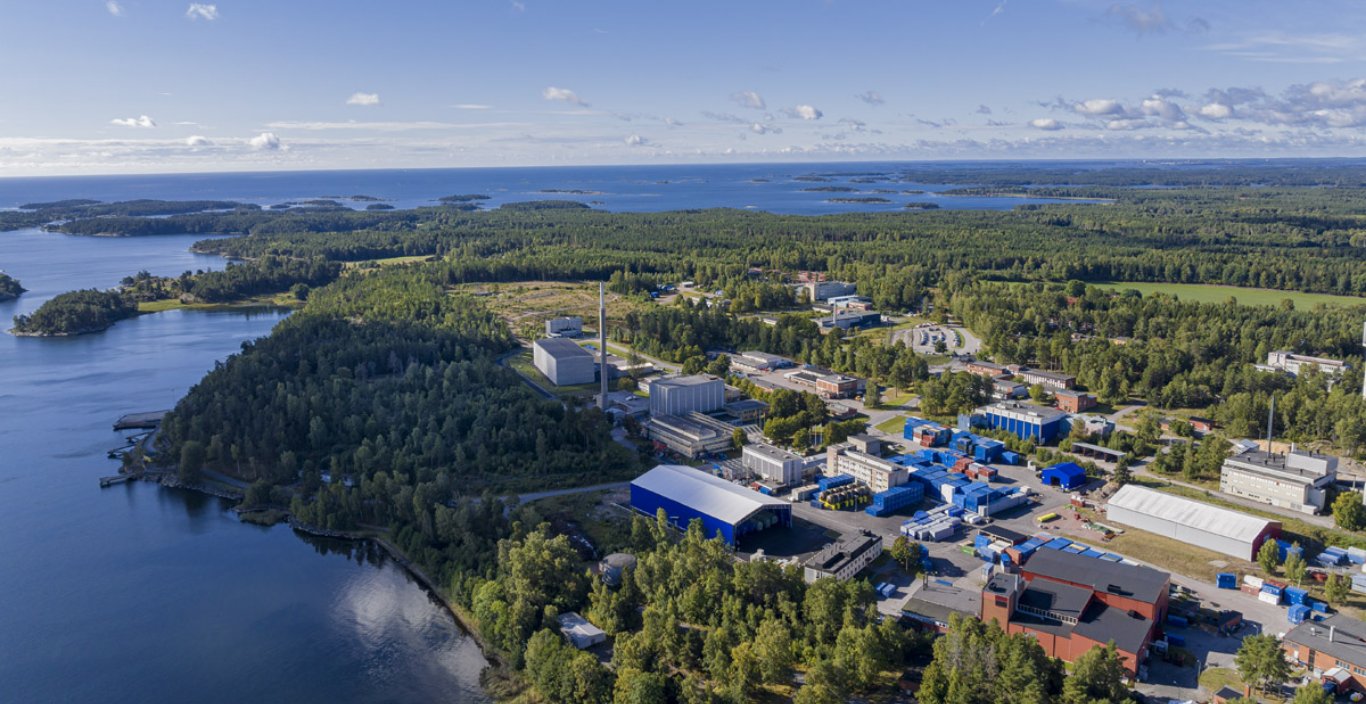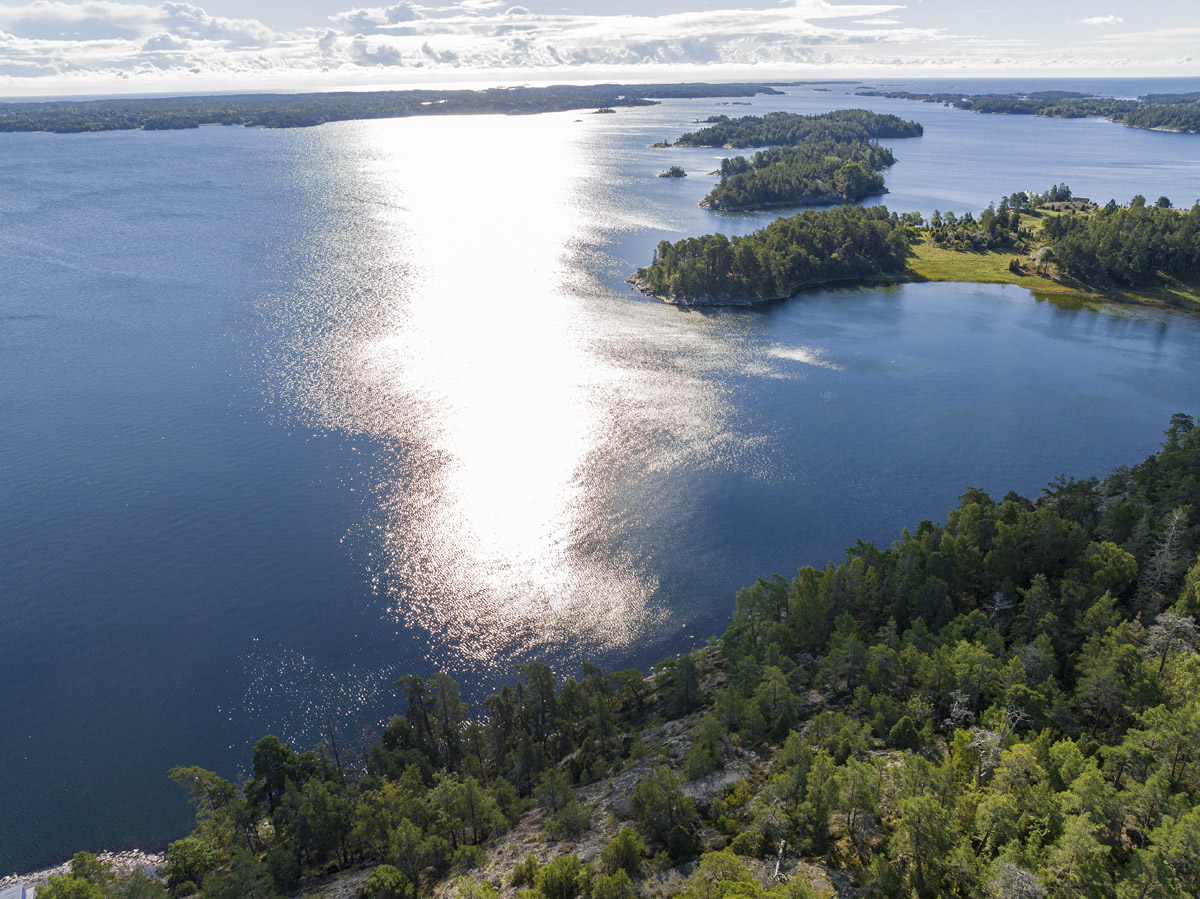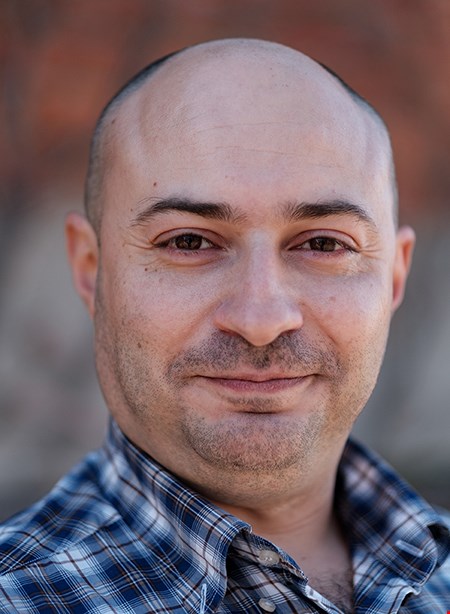“The broad palette of people, personalities and their deep knowledge makes Studsvik great”
The journey to Sweden and Studsvik started when Daniele took a couple of courses in nuclear engineering at Chalmers University 2003-2004. These courses took him to Studsvik R2 reactor and Hot Cell facility to perform reactivity tests and burn up analyses. The journey continued and in 2006 was employed as Laboratory Engineer in the Hot cell laboratory focusing on advanced methods for post irradiation examinations. His role has evolved since then and today he mainly spends his time as Technical Project Manager for the new Studsvik isotopes production line.
How can Studsvik apply its nuclear expertise to the isotope markets?
“Studsvik has a unique set of state-of-the-art analytical measurements applicable to the isotope market such as mass spectrometry on gases, liquids and solids. The latter is performed by using a one-of-kind in-cell laser ablation system connected to the ICP-MS. Studsvik also has a long experience in gamma spectrometry and our facilities allow work with very high activities and dose rates. Furthermore, Studsvik has a long history of international transport in the field. Finally, the relationship between Studsvik and the regulatory authorities is excellent.”
What about our nuclear heritage?
“The long history of Studsvik in the field of nuclear science is really what makes it possible for us to do the work we do. A thing that is truly fantastic is the fact that you often experience something “new” about the facilities e.g. a cell wall through-put or in-wall-transfer system, they really knew what they were doing back in the days when they constructed our facilities.”
Can you share one great thing about today’s Studsvik?
“The broad palette of people, personalities and their deep knowledge! Almost any challenged thrown at us can be broken down and investigated so we come out at the end with a solution.”
What was you first reaction when you heard about Studsvik Isotopes?
“My first reaction was very positive, what a fun challenge. Compared to the nuclear applications I normally work with, medical and industrial isotopes was something new. I was really eager to start with the most obvious challenge, to get the highly automated equipment to work together in a high dose environment.”



